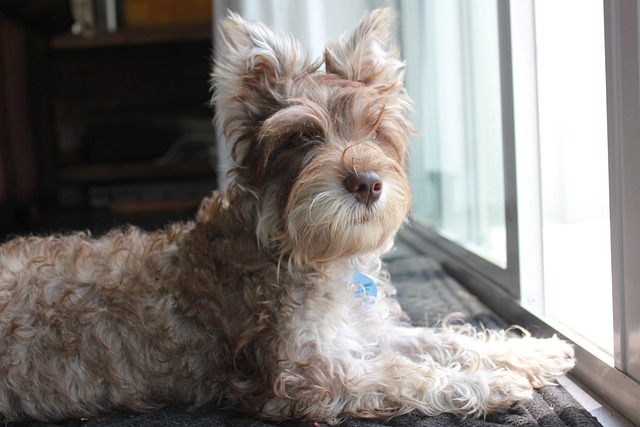
How do i train my dog to be obedient?
Watching your dog dart across the park ignoring your calls isn’t just frustrating—it can put them at risk near busy streets or public spaces.
That heart-pounding moment when your normally sweet Lab suddenly lunges, snarling at a passing Poodle during your Brooklyn morning walk? Leash aggression isn't "bad attitude" - it's often panic in disguise. When dogs feel trapped by their leash with approaching strangers (canine or human), their fight-or-flight response kicks in. That growling Golden Retriever? He's likely screaming "You're too close!" through dog body language signals we often misread. Understanding this fear-based reaction is step one toward safer strolls.
The science behind reducing leash reactivity starts with threshold management. Imagine your dog has a personal "bubble" - when triggers enter it, cortisol floods their system. Your job? Spot early stress signs before explosion: stiffened body, whale eye (showing whites), low growls. In busy Chicago neighborhoods, this might mean crossing the street preemptively when spotting another dog 50 feet away. Carry high-value treats (real chicken > kibble) and the instant they notice a trigger without reacting, mark with "yes!" and reward. This counter-conditioning for dogs rewires their brain: "Other dog = chicken rain!" Gradually decrease distance over weeks - never force "greet and meets".

Practical steps need adaptation for urban living. Apartments with narrow hallways? Teach "find it" - toss treats away from approaching dogs. Use visual blocks like parked cars or hedges in Seattle's Capitol Hill. Always choose harnesses over collars (reduces trachea pressure during pulling) and consider front-clip options. Pre-walk rituals matter: Skip the walk if they're already hyped from window barking. For high-drive breeds common in cities (like frustrated greeter Huskies), incorporate 10 minutes of sniff work before leaving - mental exhaustion lowers reactivity by 30%.
Now, the non-negotiable compliance layer. Yanking the leash or yelling violates animal welfare codes in states like Colorado and Washington. Worse, it confirms their fear: "See? Other dogs do make bad things happen!" Always use positive reinforcement dog training - fines for aggressive incidents can reach $500 in cities like San Diego. Remember your legal basics: rabies tags must be visible (California law), and always carry biodegradable bags - scooping immediately prevents neighbor disputes when your dog stress-poops. In apartment complexes, avoid peak elevator times; if reactivity occurs, apologize briefly ("We're training!") rather than justifying. Pro tip: Muzzle train with peanut butter for extra safety points with management - it's responsible, not shameful. Consistent, compassionate redirection builds neighborhood trust and keeps tails wagging safely.

Watching your dog dart across the park ignoring your calls isn’t just frustrating—it can put them at risk near busy streets or public spaces.

New puppy owners often find themselves rushing to clean up accidents before they set in, and that’s where puppy pad training becomes a game-changer.

If you've noticed your dog's waistline disappearing and your veterinarian has mentioned those few extra pounds, your first instinct might be to simply reduce the amount of food in their bowl.

Training a dog to use a designated spot indoors isn’t as daunting as many new owners fear, but it does take consistency and an understanding of your pet’s needs.

That moment of dread on a walk is all too familiar for many new dog owners. You see another dog approaching down the sidewalk of your neighborhood

If the sight of another dog on your neighborhood walk makes your heart sink as your own dog erupts into a frenzy of barking and lunging, you're not alone.